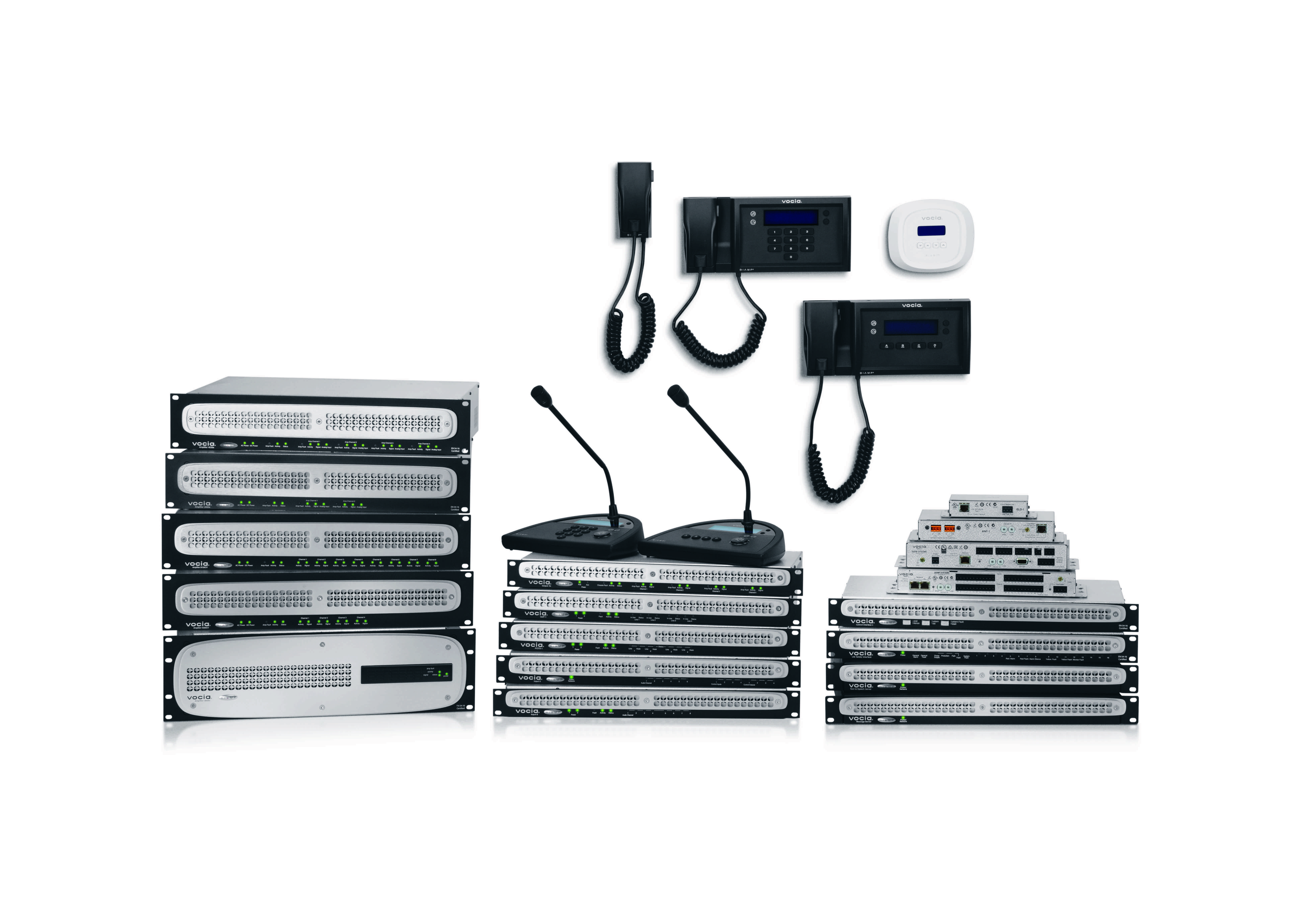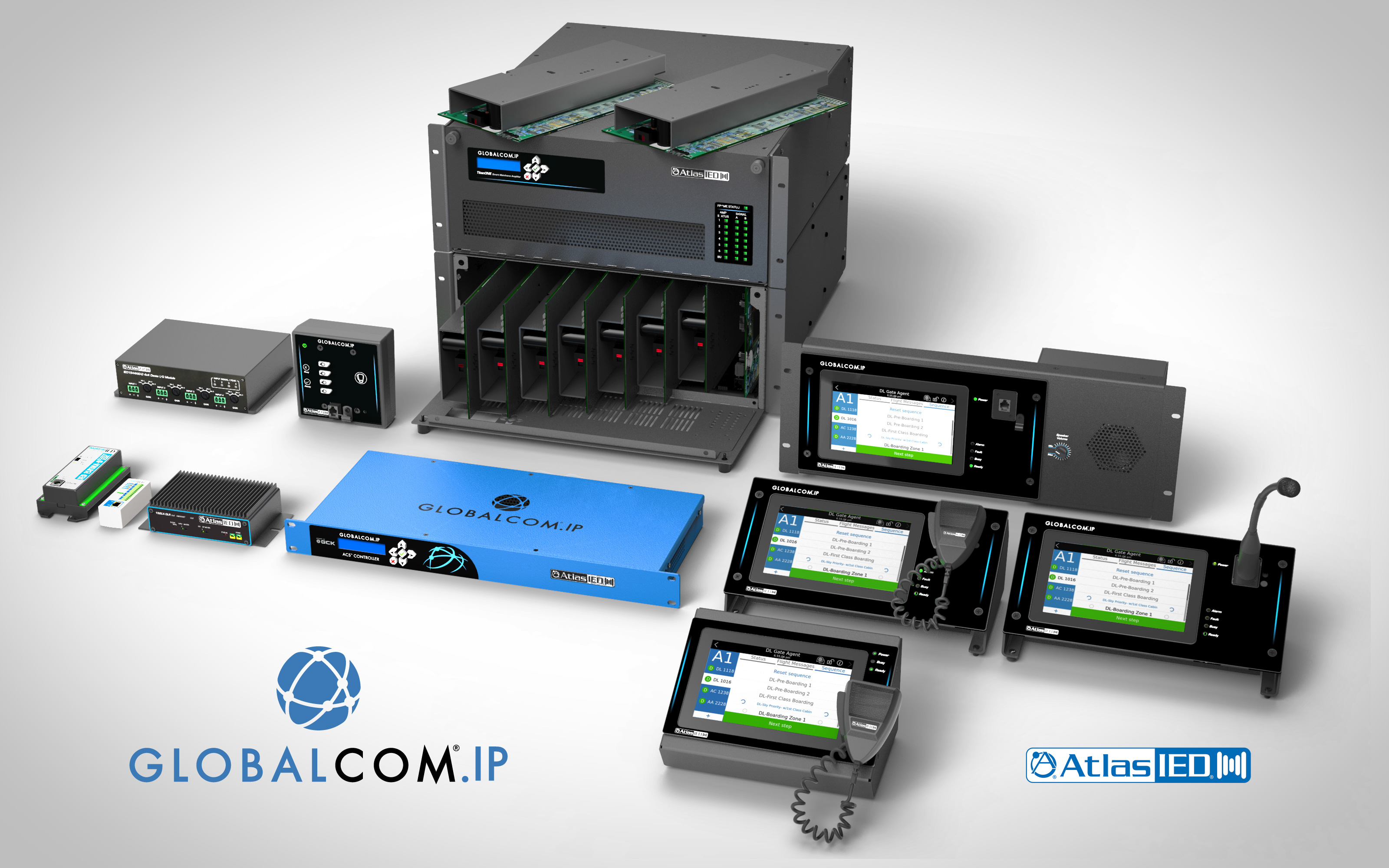What’s Next for Mass Notification Systems?
Mass notification technologies are more prevalent than ever, from traditional emergency response systems to smart gunfire detection and the latest cloud-based solutions.
The global mass notification systems (MNS) market is expected to reach nearly $20 billion by 2025, with end user requirements changing with the technology’s increasing adoption.
“There are several factors contributing to this market growth ranging from increased crime rates that lead to political pressure for policy reform to business growth needs driving new ideas for optimizing communication in the workplace,” explained Justin Young, general manager at AtlasIED.
[The Technology Manager's Guide to Command and Control]
Market Trends
In the healthcare market, facilities are looking for ways to couple legacy business procedures and processes to new communications technologies, noted Young. “With the new technology solutions available, healthcare administrators can now begin to optimize workflows within their organizations to leverage the new technologies, as opposed to designing around shortcomings in their existing system. Now, we see business processes that use new ideas and solutions to provide the critical communications where and when they are needed. So much of a healthcare ecosystem relies on mass communication, with situations ranging from nurse call stations to patient queuing systems, to name a few.”
But the most dramatic spike in demand for MNS stems from the tragic events of mass shootings in schools over the last 20 years, according to Young.
“The unfortunate trend of increased violence in [the United States] has created significant pressures on political leadership to push sweeping changes in school safety requirements, and security budgets reflect that. Education administrators are under pressure to ensure the safety of all children and staff under their care. They also do not want the public perception of negligence stemming from not taking the necessary steps to mitigate an active shooter risk. Today’s MNS solutions can combine situational handling of numerous types of events including active shooter lockdowns, fire evacuations, and severe weather notification.”

New, clever solutions, such as the Safe Zone gunfire detection system, have been devised to deal with situations like this. The automated system provides intelligence to law enforcement, first responders, and on-site personnel within seconds of a gunshot. The system combines detection hardware with cloud-based machine learning capabilities to provide crucial information including the type of weapon, the number of shots fired, and the shooter’s location.
A daily selection of the top stories for AV integrators, resellers and consultants. Sign up below.
In another market that relies on mass notification systems, the transportation sector has been faced with endlessly-changing CDC recommendations stemming from the COVID-19 pandemic.
“Airports, bus stations, and train stations need the tools to allow them to promptly provide the necessary guidance to their targeted audience and their environment, which can be in varying acoustical conditions. The ubiquity of and access to personal technology such as mobile devices has driven the need for mass communication technology development to address the potential for off-premise notifications. Software that ties to email, SMS text, and messaging has created a new level of expectation for the reliability and reach of necessary communications and information delivery,” said AtlasIED’s Young.
Biamp’s Joe Andrulis, executive vice president of corporate development, elaborated on the applications driving change. “Unfortunately, we have learned the hard way that there are more urgent or emergent events than the fire alarm. One of the newest standards is for active shooters, which has become a very common design requirement for many businesses. Weather alerting is always a concern too, and a major concern in some geographical areas. All of these events are part of life safety and are being taken very seriously by the design and consultant community.”

There are four layers to mass notification. Andrulis described the first layer as in-building notifications, including emergency voice evacuation systems, one-way voice communications, visible notification appliances, and textual/digital signage. The second layer focuses on wide area notifications, or notifications outside a building, including high-power speaker arrays, outdoor speakers, strobes, and digital displays. Layer 3 reaches out to distributed recipients with SMS/text messaging, computer pop-ups, automated voice dialing, email broadcast, and smartphone apps. The fourth layer notifies recipients through public means such as TV or radio broadcast, location-specific messages and weather radios.
As we move into a post-COVID-19 world, layers 3 and 4 of mass notification will see significant growth, according to Andrulis.
Layer 1: In-building mass notification system
Layer 2: Wide area mass notification system
Layer 3: Distributed recipient mass notification system
Layer 4: Notification through public means
With more of us spaced out throughout the workplace and many working remotely, mass notification has been forced to extend well beyond a building or campus. Distributed protocols are already being used to spread critical information en masse, which is a trend that will continue to develop, Andrulis predicted.
“Mass notification market growth is global across all verticals, and now encompasses public as well as private institutions and environments. Security and safety issues drive that growth, from natural disasters and emergencies (fire, hurricane, earthquake) to medical (COVID-19 and contact tracing) and manmade ones (riots, gun violence, crimes),” added Bogen director of marketing Randall Lee.
Catering to the End User
What changes can we expect in end user requirements for mass notification systems post-COVID 19? Lee foresees some challenges ahead.
“It’s a difficult question to answer because of the balancing needed between personal privacy and the rapid adoption and expansion of cameras and AI for individuals’ identification via video surveillance. Could public contact tracing for health reasons outweigh privacy rights? Would people find it intrusive to have mobile text messages telling them they came within a short distance of a COVID-19-positive individual when they went out for food? I expect there will be some sort of opt-in service with mobile and email notices in the short term. Different services covering different types of monitoring—for example, earthquake early warning, gunshot monitoring and location detection—will open up APIs for integration into different mass notification systems. or will do the integration themselves as part of a partner ecosystem.
According to Young, flexibility will be a key priority for the end user in the year ahead.

“Two aspects of end user requirements that will change are increased flexibility and more focus on customer experience. Changes in expectations for MNS due to COVID-19 will be focused on flexibility driven by a new reality where customers need to be able to quickly pivot from normal, steady-state operations to a sudden emergency in which requirements can vary greatly. One of the more significant lessons learned from the current pandemic is the need to be able to make swift changes in messaging content as well as where the messaging is needed. This can also require changes in the delivery method, whether it be audible announcements or visual paging.”
Future mass notification systems will need functionality more nuanced than simply providing paging functionality, said Young. “The end user experience is now being considered as a large influence in the decision-making process for procurement. Features that will arise in the future include interfacing MNS to different systems. Integration of wayfinding technologies and visual paging into content management systems will be essential to allow customers effective means of providing key information when it is needed.”
Mapping the Future
Technology advancements in the mass notification market will continue, catering to an ever-changing range of environments.
“Five technologies that we are going to see adopted in MNS in the next few years are: AI and ML, AR, IoT and cloud-based technologies, 5G, and cybersecurity/encryption,” said Young. “AI [artificial intelligence] and ML [machine learning] technologies will lead to better predictive analytics for improving the end user customer experience in the marketplace. An example could be predicting passenger flows in a public transportation setting that can lead to increased frequency of pre-recorded announcements in busy areas. AR [augmented reality] will be deployed in sales tools that can help the end user see future installs and build them on the fly on their mobile devices or with wearable technologies. Imagine being able to build, listen to, and tune a new office space in real time via AR.”
Young is convinced that IoT (Internet of Things), edge computing, and cloud technologies grouped together will leverage the scaling processing power and efficiencies to allow for more decentralized solutions. “This will segregate and share the processing loads of MNS across the cloud and push more processing load out to the endpoint devices. Not only will you be able to process more at the endpoint device, but with increased efficiencies you will be able to take on more features and functions and still maintain your PoE power requirements.”
5G connectivity will allow for greater accessibility to customer systems, where end users currently fight limited connectivity in certain installs, continued Young. “With 5G, there will be reduced limitations on what information can and will be made accessible for performance analytics, early fault detection, and notifications. Finally, with the increased risk of cybercrime, improved encryption and cybersecurity will ensure that emergency MNS data is safe, secure, and tamper-resistant.”
Ledetta Asfa-Wossen is an education, technology, and business journalist.
